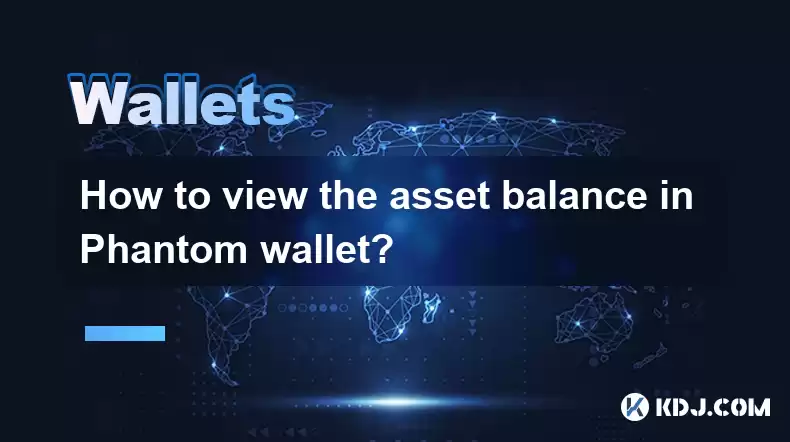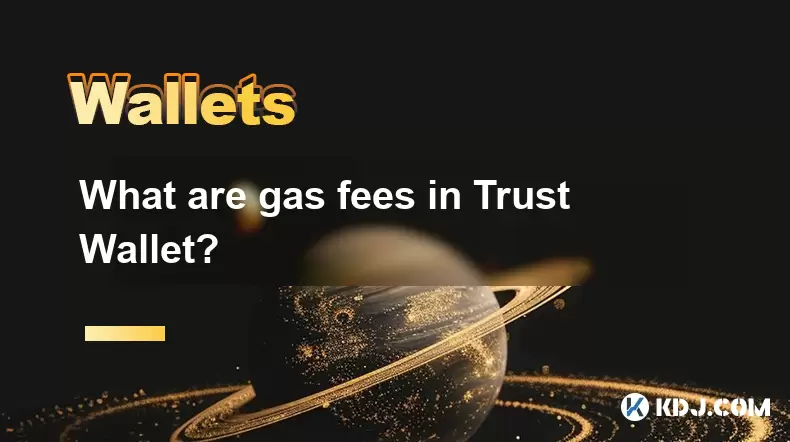-
 Bitcoin
Bitcoin $114400
1.32% -
 Ethereum
Ethereum $3499
2.20% -
 XRP
XRP $2.922
4.26% -
 Tether USDt
Tether USDt $0.0000
0.03% -
 BNB
BNB $752.6
1.53% -
 Solana
Solana $161.8
1.64% -
 USDC
USDC $0.9999
0.01% -
 TRON
TRON $0.3267
1.32% -
 Dogecoin
Dogecoin $0.1991
3.02% -
 Cardano
Cardano $0.7251
3.29% -
 Hyperliquid
Hyperliquid $38.32
3.36% -
 Stellar
Stellar $0.3972
7.58% -
 Sui
Sui $3.437
2.74% -
 Chainlink
Chainlink $16.29
3.65% -
 Bitcoin Cash
Bitcoin Cash $545.3
3.70% -
 Hedera
Hedera $0.2482
7.49% -
 Ethena USDe
Ethena USDe $1.001
0.03% -
 Avalanche
Avalanche $21.40
2.02% -
 Toncoin
Toncoin $3.579
1.56% -
 Litecoin
Litecoin $109.3
2.20% -
 UNUS SED LEO
UNUS SED LEO $8.951
-0.18% -
 Shiba Inu
Shiba Inu $0.00001220
2.75% -
 Polkadot
Polkadot $3.613
2.99% -
 Uniswap
Uniswap $9.173
3.78% -
 Monero
Monero $302.6
2.62% -
 Dai
Dai $0.0000
0.00% -
 Bitget Token
Bitget Token $4.320
1.52% -
 Pepe
Pepe $0.00001048
3.40% -
 Cronos
Cronos $0.1314
4.33% -
 Aave
Aave $259.4
3.54%
How to view the asset balance in Phantom wallet?
To view your asset balance in Phantom wallet, log in, go to the 'Portfolio' tab, and see your crypto holdings and their current values displayed.
Apr 25, 2025 at 04:57 am

How to view the asset balance in Phantom wallet?
The Phantom wallet has become a popular choice among cryptocurrency enthusiasts due to its user-friendly interface and robust security features. One of the essential functions users need to master is checking their asset balance. This article will guide you through the process of viewing your asset balance in the Phantom wallet, ensuring you can keep track of your digital assets with ease.
Accessing the Phantom Wallet
Before you can view your asset balance, you must first access your Phantom wallet. Here's how you can do it:
- Open the Phantom wallet application on your device. If you're using a desktop, you can access it through the browser extension. For mobile users, open the Phantom app on your smartphone.
- Enter your password or use biometric authentication to log in to your wallet. Make sure you have your password ready or that your biometric settings are correctly configured.
Once you're logged in, you'll be taken to the main dashboard of the Phantom wallet.
Navigating to the Portfolio Section
The portfolio section in the Phantom wallet is where you'll find all your asset balances displayed. To navigate to this section:
- Click or tap on the 'Portfolio' tab located at the bottom of the screen on mobile devices or on the left side of the interface on desktops.
- Scroll through the list of assets to see the balances for each cryptocurrency you hold. The portfolio section will display the total value of your assets in your preferred currency, usually USD by default.
Understanding the Asset Display
Each asset in your portfolio is displayed with specific details that help you understand your balance and the value of your holdings:
- The name and symbol of the cryptocurrency are shown clearly next to its logo. For example, you'll see 'Solana (SOL)' if you hold SOL in your wallet.
- The balance of the asset is displayed in the cryptocurrency's unit. For instance, if you have 10 SOL, it will show '10 SOL'.
- The current value of the asset in your chosen currency is also shown. If 1 SOL is worth $20, your 10 SOL will display a value of $200.
Viewing Detailed Information for Each Asset
If you want to dive deeper into the details of a specific asset, you can do so by:
- Clicking or tapping on the asset you want to view. This action will open a new window or screen with more detailed information.
- Scroll through the detailed view to see additional metrics such as the asset's price history, transaction history, and any staking or rewards information if applicable.
Checking Staked Assets and Rewards
If you have staked any of your assets or are earning rewards, you'll want to check those balances as well:
- Navigate to the 'Staking' or 'Rewards' section within the Phantom wallet. This section might be located under the 'Portfolio' tab or as a separate tab, depending on the version of the wallet you're using.
- View the staked assets and their current rewards. The wallet will show you how much of each asset is staked and the rewards you've earned so far.
Ensuring Accurate Balances
To ensure that the balances you see are accurate and up-to-date, you should:
- Refresh the wallet by pulling down on the screen or clicking the refresh icon. This action will update the balances to reflect the latest blockchain data.
- Check for any pending transactions that might affect your balance. If you've recently sent or received assets, make sure those transactions have been confirmed on the blockchain.
Frequently Asked Questions
Q: Can I view my asset balance on multiple devices with the same Phantom wallet?
A: Yes, you can access your Phantom wallet on multiple devices as long as you use the same seed phrase or private key to log in. However, for security reasons, it's recommended to use the wallet on trusted devices only.
Q: What should I do if my asset balance is not showing correctly in the Phantom wallet?
A: If your asset balance is not showing correctly, try refreshing the wallet to update the data. If the issue persists, ensure that your internet connection is stable and that the blockchain network you're using is functioning properly. You can also try logging out and logging back in to see if that resolves the issue.
Q: Is it possible to view the historical balance of my assets in the Phantom wallet?
A: The Phantom wallet does not currently offer a feature to view the historical balance of your assets directly within the app. However, you can use external blockchain explorers to track the history of your transactions and calculate your historical balances manually.
Q: How often does the Phantom wallet update my asset balances?
A: The Phantom wallet updates your asset balances in real-time as long as you have an active internet connection. However, the exact frequency can depend on the blockchain network's performance and the wallet's settings.
Disclaimer:info@kdj.com
The information provided is not trading advice. kdj.com does not assume any responsibility for any investments made based on the information provided in this article. Cryptocurrencies are highly volatile and it is highly recommended that you invest with caution after thorough research!
If you believe that the content used on this website infringes your copyright, please contact us immediately (info@kdj.com) and we will delete it promptly.
- Kaspa, HBAR, and Cold Wallet: A New York Minute on Crypto's Latest Moves
- 2025-08-04 09:11:54
- Ethereum Whale Watch: Selling Pressure and Price Volatility
- 2025-08-04 09:11:54
- XRP ETF Mania: Teucrium's Crypto Triumph and the Altcoin Frenzy
- 2025-08-04 09:30:13
- Crypto Wallet Scam: A $900K Loss & What You Need to Know
- 2025-08-04 09:35:13
- Dogecoin's Wild Ride: Elliott Wave, Stochastic RSI, and What's Next, Ya Know?
- 2025-08-04 09:40:12
- Shiba Inu (SHIB), Crypto Investments, and the Meme Coin Evolution: What's the Deal?
- 2025-08-04 09:45:17
Related knowledge

What is a watch-only wallet in Trust Wallet?
Aug 02,2025 at 03:36am
Understanding the Concept of a Watch-Only WalletA watch-only wallet in Trust Wallet allows users to monitor a cryptocurrency address without having ac...

How to fix a stuck pending transaction in Trust Wallet?
Aug 03,2025 at 06:14am
Understanding Why Transactions Get Stuck in Trust WalletWhen using Trust Wallet, users may occasionally encounter a pending transaction that appears t...

What is a multi-coin wallet in Trust Wallet?
Aug 03,2025 at 04:43am
Understanding Multi-Coin Wallets in Trust WalletA multi-coin wallet in Trust Wallet refers to a digital wallet that supports multiple cryptocurrencies...

How to switch between networks in Trust Wallet?
Aug 02,2025 at 12:36pm
Understanding Network Switching in Trust WalletSwitching between networks in Trust Wallet allows users to manage assets across different blockchains s...

How to check my full transaction history on Trust Wallet?
Aug 02,2025 at 09:24am
Understanding Transaction History in Trust WalletTrust Wallet is a widely used non-custodial cryptocurrency wallet that supports a broad range of bloc...

What are gas fees in Trust Wallet?
Aug 04,2025 at 06:14am
Understanding Gas Fees in Trust WalletGas fees in Trust Wallet refer to the transaction costs required to execute operations on a blockchain network. ...

What is a watch-only wallet in Trust Wallet?
Aug 02,2025 at 03:36am
Understanding the Concept of a Watch-Only WalletA watch-only wallet in Trust Wallet allows users to monitor a cryptocurrency address without having ac...

How to fix a stuck pending transaction in Trust Wallet?
Aug 03,2025 at 06:14am
Understanding Why Transactions Get Stuck in Trust WalletWhen using Trust Wallet, users may occasionally encounter a pending transaction that appears t...

What is a multi-coin wallet in Trust Wallet?
Aug 03,2025 at 04:43am
Understanding Multi-Coin Wallets in Trust WalletA multi-coin wallet in Trust Wallet refers to a digital wallet that supports multiple cryptocurrencies...

How to switch between networks in Trust Wallet?
Aug 02,2025 at 12:36pm
Understanding Network Switching in Trust WalletSwitching between networks in Trust Wallet allows users to manage assets across different blockchains s...

How to check my full transaction history on Trust Wallet?
Aug 02,2025 at 09:24am
Understanding Transaction History in Trust WalletTrust Wallet is a widely used non-custodial cryptocurrency wallet that supports a broad range of bloc...

What are gas fees in Trust Wallet?
Aug 04,2025 at 06:14am
Understanding Gas Fees in Trust WalletGas fees in Trust Wallet refer to the transaction costs required to execute operations on a blockchain network. ...
See all articles

























































































